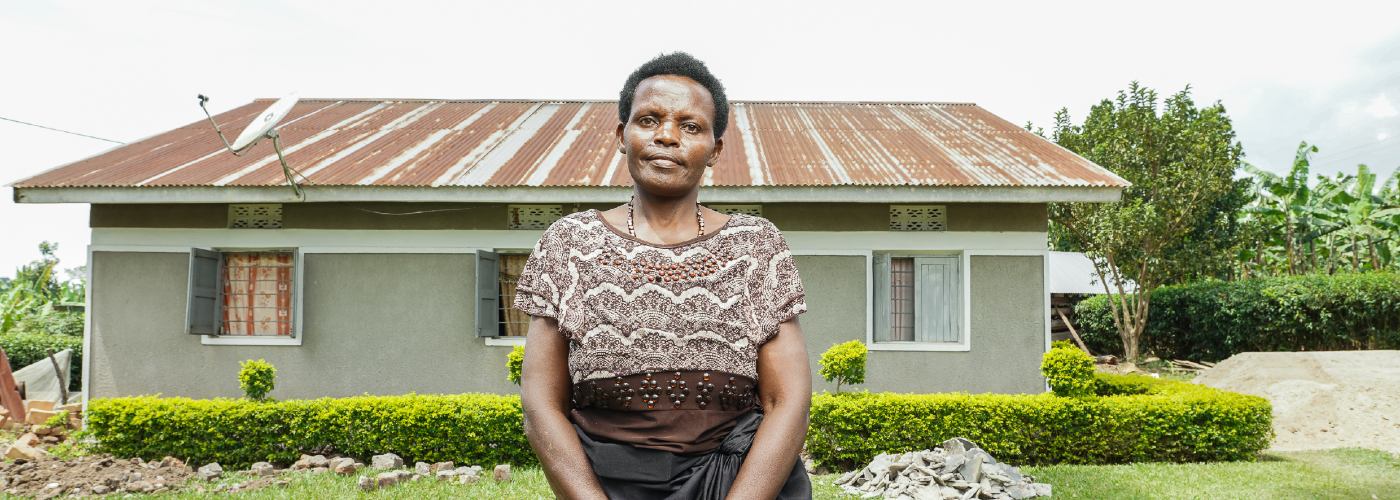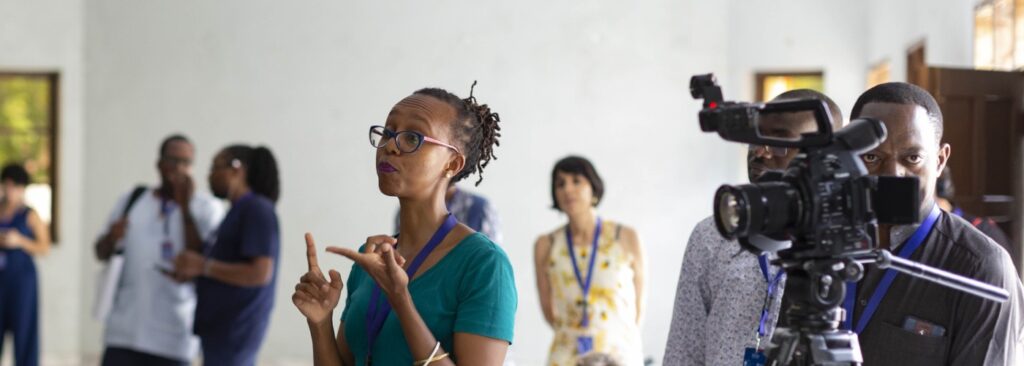By Mumbi Mugo, Program Officer Rural Women Cultivating Change Program
“When planners fail to account for gender, public spaces become male spaces by default.”
Caroline Criado-Pérez
This famous quote by British feminist author, journalist and activist, Caroline Perez, could not be more relevant now as we celebrate both Women’s History month and Open Data Day (March 5).
Across the world, rural women have always contributed significantly to agriculture, food security, nutrition, natural resource management, and now, climate resilience. According to FAO, women comprise about 43 percent of the agricultural workforce globally.
But in comparison to men, women farmers across the board have far less access to and control over essential assets that could significantly increase their agricultural productivity and earnings.
Open data yes – but what kind?
Although we have been seeing a gradual shift over the years towards promoting gender equality in agriculture, pressing challenges remain. An important one is the glaring lack of gendered open data that can give an accurate picture of these disparate trends around gender equality in agriculture.
So as we celebrate open data day, we must also acknowledge some hard truths. Women in agriculture still do not have access to data they can use to address food security issues and the climate crisis. Worse still, they do not the necessary knowledge to collect and interpret this data.
Women in agriculture need to be heard and seen
The open data revolution needs to include underrepresented voices such as women in agriculture. Yet most climate and agriculture policies fail to include the use of timely, high quality and gender-desegregated data.
In Kenya for example, the robust feminization of agriculture is still far from delivering on equality because it does not collect data that reveals women’s real experiences and unique challenges. For example, on land ownership issues and how they affect the SDGs in addressing food security and climate change.
Gendered data collection
Traditional household surveys that target heads of households is a welcome step, but the surveys also need to collect gender experiences and dynamics through open data. A simple example of this is gendered data collection. For example, using a 24-hour clock to look at the differences in how smallholder male and female farmers spend their time in a typical day. The result reveals many inequalities between the men and women and provides actionable information on women’s views and involvement in agriculture.

Rural Women Cultivating Change
Gendered open data provides concrete evidence to inform policies that can promote gender equality in this sector. This is why Hivos specifically applies a gender lens in addressing food insecurity and climate justice. Through our new program in East Africa, Rural Women Cultivating Change, we plan to employ unique approaches, including gendered open data, guided by a multipronged strategy.
First, the program will shift the narrative around dismantling patriarchal structures by pushing the use of open data at the policy level. By partnering with the media and creatives, our focus is on moving the middle by influencing public debate on biodiversity and seed entrepreneurship. We are excited to host artistic accelerations on seed art with creatives and artists. We will also host TV shows and debates on rural women and open data.
Lastly, we will be establishing multi-stakeholder partnerships with academic institutions to promote research on gendered open data in agriculture and create expertise and publications to strengthen the curriculum and increase the knowledge base.
At a time when the world is facing ever growing social injustice, the need to address inequality and harness the power of women to bring about change should be obvious. All open data should be gendered open data.




